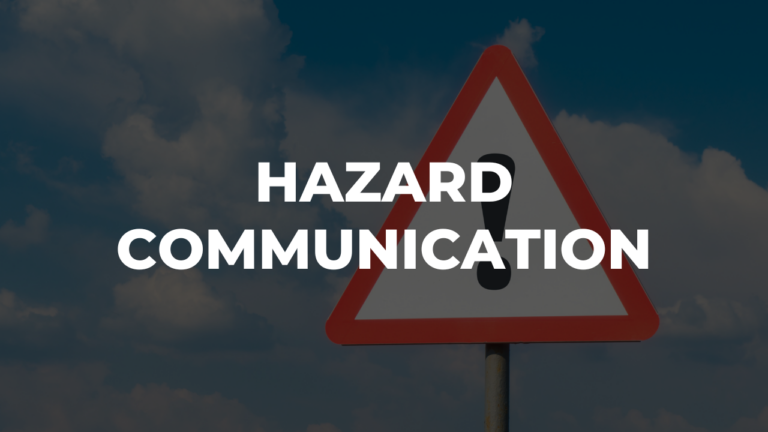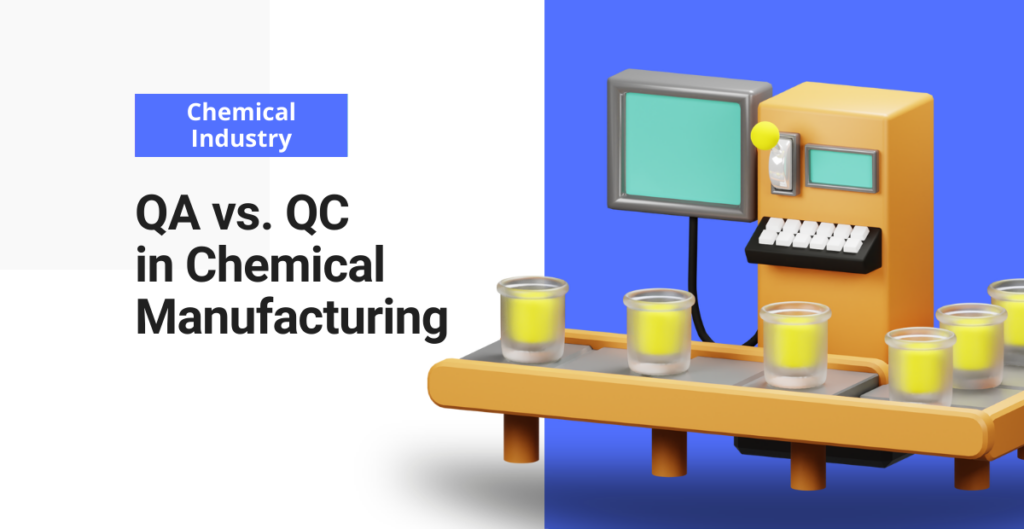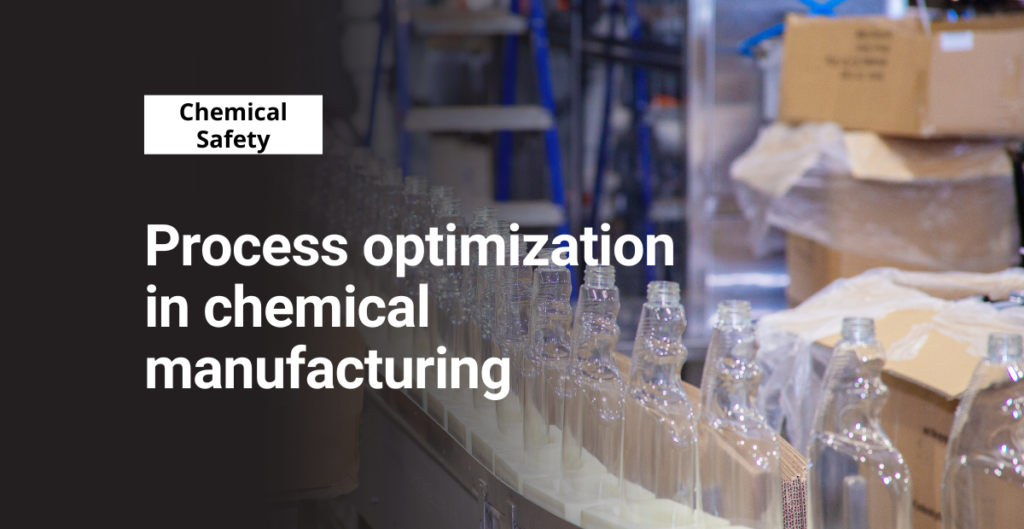Agricultural workers are at high risk of injuries and fatalities, lung disease, skin disease, noise-induced hearing loss, sun exposure, and exposure to toxic chemicals. OSHA has several standards for chemical safety in agriculture.
These standards cover things like general environmental controls, agriculture equipment, and hazard communication regarding toxic substances. The applicable standards that apply to the agriculture industry come from Agriculture (29 CFR 1928) and General Industry (29 CFR 1910) regulations.
Common Agriculture Chemicals
Chemicals used in agriculture operations may be pesticides like herbicides, fungicides, insecticides, and/or fertilizers. By using these chemicals, farmers can produce higher yields, improve crop or livestock quality, control invasive species, and allow a farmer to farm more acres.
Even though these chemicals have benefits, there are several chemical safety hazards in agriculture that pose a threat to workers.
The most common exposure routes to these chemicals can occur through dermal or mucous membrane absorption, inhalation, and ingestion.
Pesticides are chemicals or biological agents that deter or discourages, incapacitates, or kills pests. These substances can cause acute and delayed health effects to exposed people.
Exposure to pesticides can cause mild poisoning symptoms like irritation of the skin and eyes, headaches, dizziness, fatigue, insomnia, among others.
Moderate to severe poisoning can cause symptoms such as vomiting, excessive salivation, muscular incoordination, inability to breath, uncontrollable muscle twitching, unconsciousness, or even death.
Pesticides have effects on the nervous system, hearing, reproductive organs, and can cause cancer.
Anhydrous ammonia (NH3) is a highly reactive chemical that is an efficient and widely used source of nitrogen fertilizer. Anhydrous means “without water” so NH3 will seek out moisture, whether it be from the soil or your skin, eyes, lungs, or throat.
The damage from anhydrous ammonia once it makes contact with our bodies can cause tissue dehydration, caustic burns, including frostbite. Anhydrous ammonia is compressed into a liquid that requires a substantial amount of pressure in specially designed tanks and equipment. There is a high risk of injury if not stored or transported properly.
Hazard Communication for Agriculture Chemical Safety
Hazard communication (a.k.a. Hazcom) is the first line of defense to help increase the awareness of workers about the hazards of agriculture chemicals.
The requirements of the Hazard Communication Standard (29 CFR 1910.1200) apply to agriculture operations with 10 or more employees.
For operations with less than 10 employees, these requirements should still be implemented as a best practice.
Agriculture workers need to be trained on how to read chemical labels, what to do in the case of a spill or if they are exposed. Employers are responsible for having a written hazard communication plan, ensuring easy access to SDS and that chemical labels are complete with all of the required components.
Supervisors and workers who will be handling or applying pesticides will require special training and certification beyond Hazcom. It’s also important that employees managing safety processes have the tools to be able to ensure that compliance is being met.
Hazard Communication Safety Course
Train your workers on HazCom compliance with this free training course from our LMS content library.
Pesticide Training, Storage, and Handling
The Environmental Protection Agency (EPA) has oversight of all pesticides used or produced in the United States. This is according to the Federal Insecticide, Fungicide, and Rodenticide Act (FIFRA).
The EPA regulates the sale of pesticides by requiring registration (licensure) with the agency prior to it being sold or distributed.
Additionally, federal law requires persons that apply or supervise the use of restricted-use pesticides (RUPs) to be certified. A person must be certified in each state or territory where they plan to apply or supervise the use of RUPs.
Employers should ensure the appropriate personnel have the required certifications for chemical safety in agriculture and that they complete the recertification requirement set forth by the EPA every 3-5 years.
Agriculture workers who are under the direct supervision of a certified applicator must complete similar training under EPA’s Agriculture Worker Protection Standard but are not required to be certified applicators. The pesticide safety training must be conducted annually for non-certified applicators.
Appropriate Storage and Handling Techniques
The proper storage of pesticides can reduce the risk of unauthorized personnel being in contact with, spilling, or ingesting pesticide chemicals.
Storage Tips
- Keep the storage area locked and posted with signs that read “Danger – Pesticides.” Signs are also necessary to inform firefighters that pesticides are present in the case of fire.
- Store pesticides should in a well-ventilated, dry area.
- Purchase and store only the amount of pesticides needed; do not store large quantities of pesticides.
- Keep children, animals, and unauthorized persons away from pesticides.
- Maintain an accurate chemical inventory of pesticides and their locations.
- Keep pesticides in the original container. Never transfer to an unmarked or food container.
- Periodically check pesticide containers for leaks or corrosion because some pesticides are caustic.
Agriculture workers who may handle pesticides when mixing in preparation for application, for transportation, and during application should understand the risks and take proper measures to avoid them.
Pesticide Handling Tips
Here are some agriculture chemical safety tips related to pesticide handling:
- Mix pesticides carefully and accurately, taking care to use only the recommended amount specified on the label. Conduct mixing outside or in a well-lit and ventilated area.
- Keep hands away from the face, head, and neck when mixing.
- Open liquids on a level surface and below eye level to avoid splashing and spilling.
- To minimize dust, open pesticide powders with scissors.
- Store PPE should at a central location on the farm that’s easily accessible. The appropriate PPE should be available and utilized during handling. This may include protective clothing, face shields, splash-proof goggles, respirator, and gloves.
- When transporting, put pesticides in the truck bed or in locations away from passengers. Secure containers by tying down, blocking, and bracing them to ensure they will not roll around or fall out.
- Prepare for a spill during transportation by carrying a safety kit that contains PPE, absorbent material, etc.
- Recognize weather conditions. During mixing or loading pesticides, know the direction the wind is blowing. When applying pesticides, it’s against the law to apply pesticides on windy days when they have the chance to drift to nearby fields.
- Use extreme caution when handling pesticides near bodies of water or wellheads.
It’s important to note that you should consider the hazards from all the chemicals in your facility, not just the fertilizers and pesticides. Agriculture chemical safety requires special considerations to ensure the health of workers. Employers need to ensure the protective measures are comprehensive and implemented effectively.





